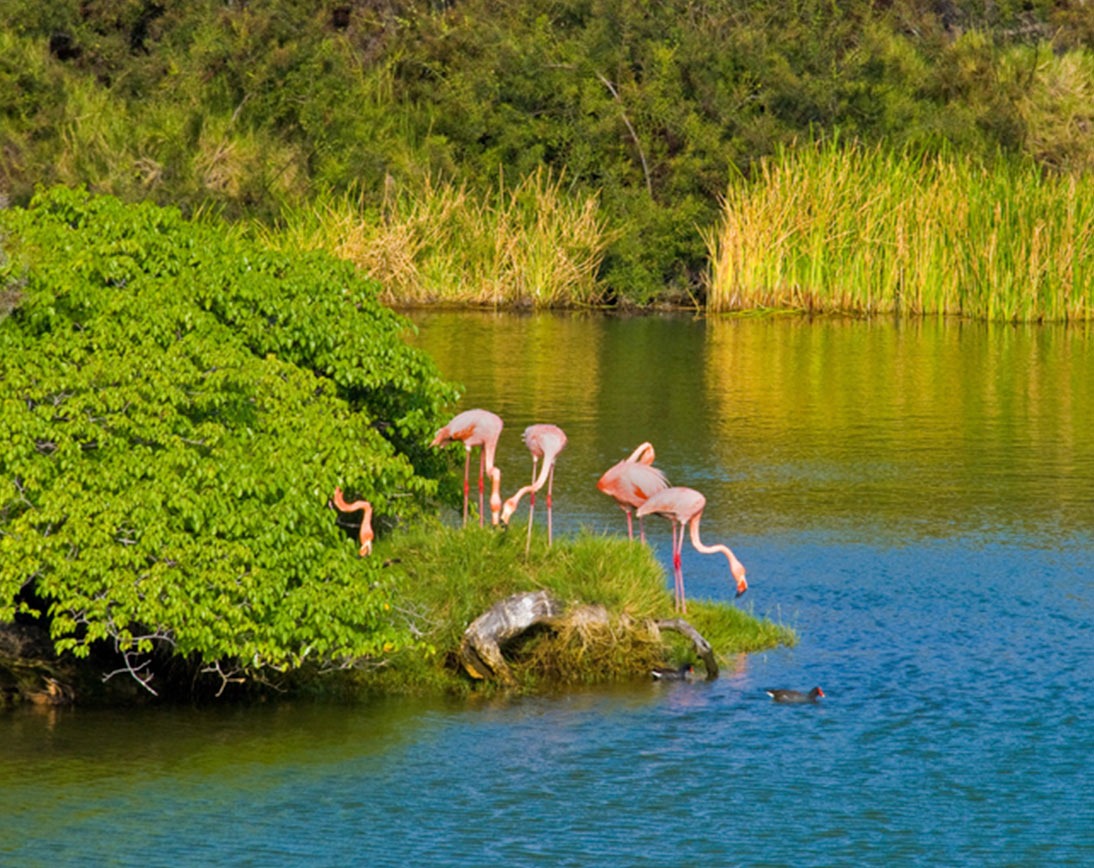Day by day
Map

Preview

Preview

Preview
Cruise Includes
Full meals on board (breakfast, lunch & dinner)
Welcome/farewell cocktails
24-Hour coffee, tea, & water station
Galapagos Naturalist guides
Transfer from/to Baltra Airport
Cruise does not include
Galapagos National Park entrance fee, $300
Migration control card, $20
Airfare from/to Galapagos
Snorkel equipment (additional charge)
Alcoholic drinks
Medical insurance
Highlights
Galapagos penguin
Hybrid land/marine iguana
Nazca booby
Vermillion flycatcher
Waved albatross